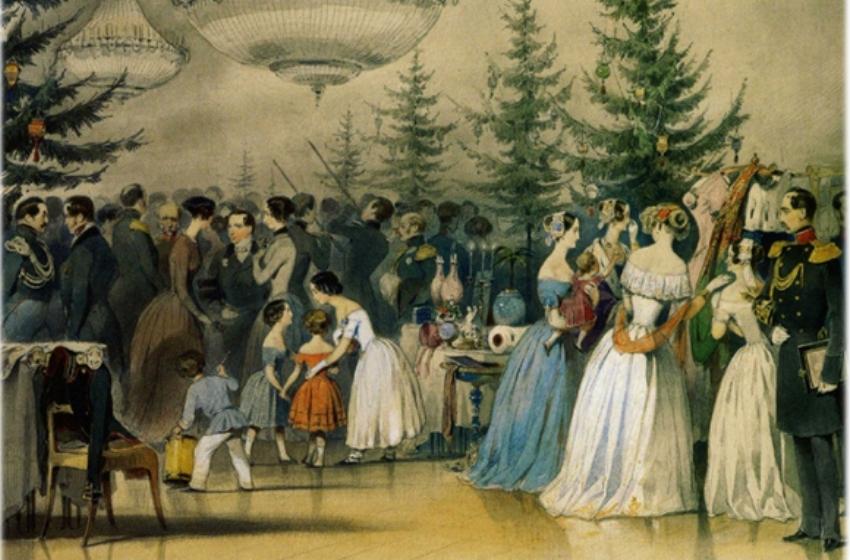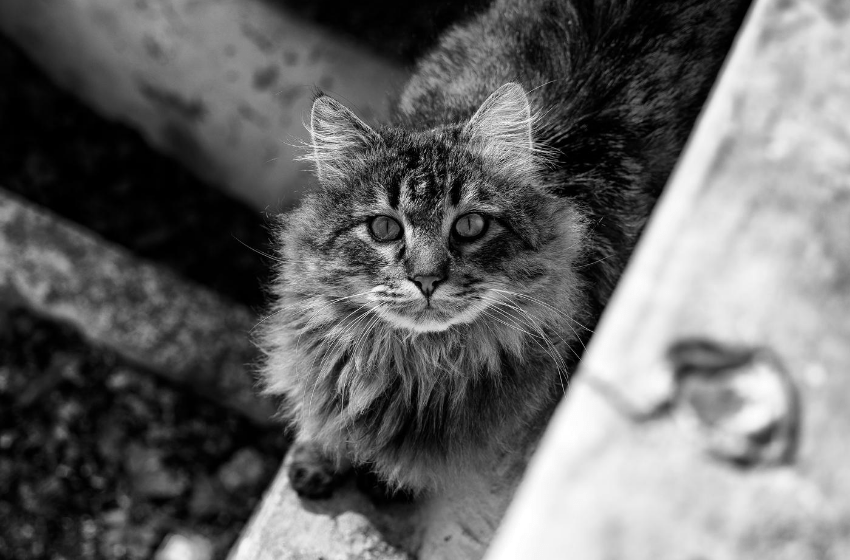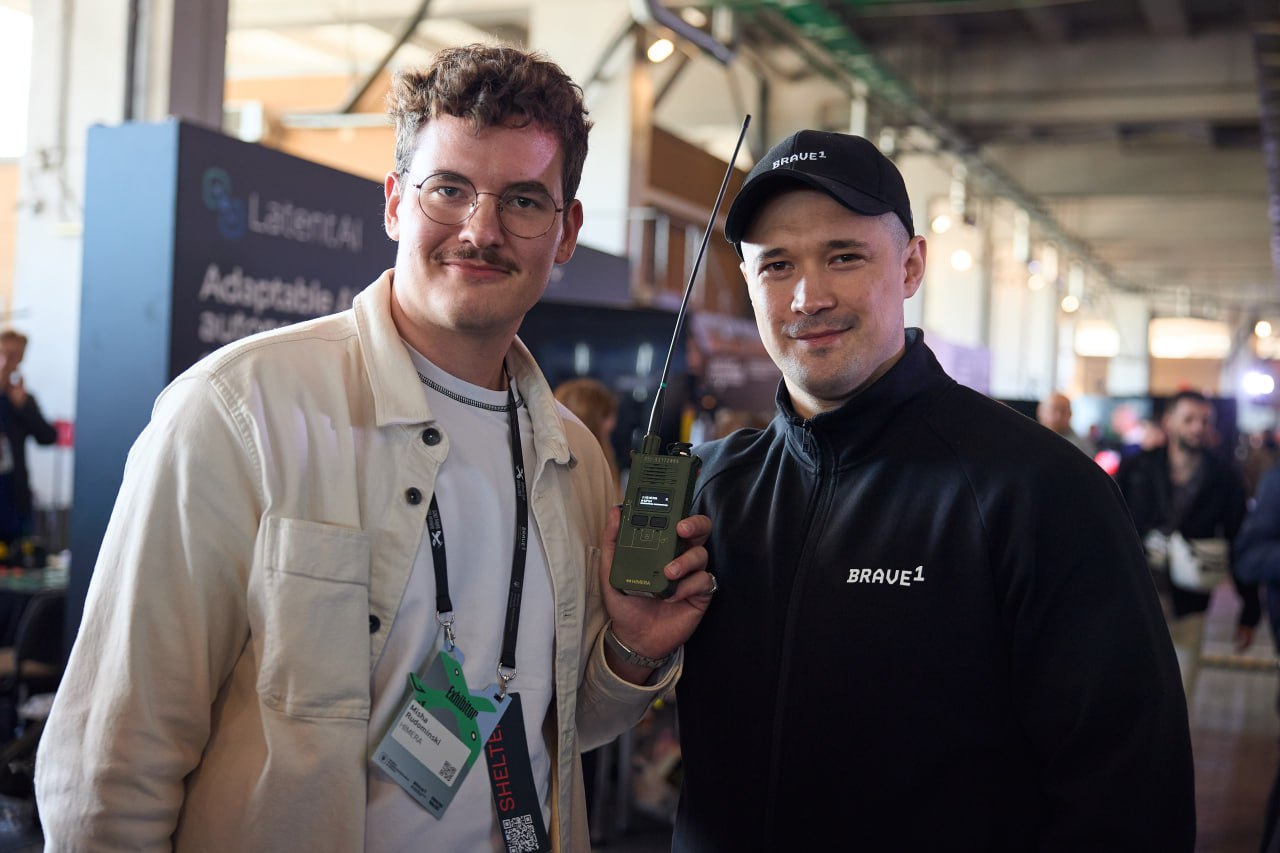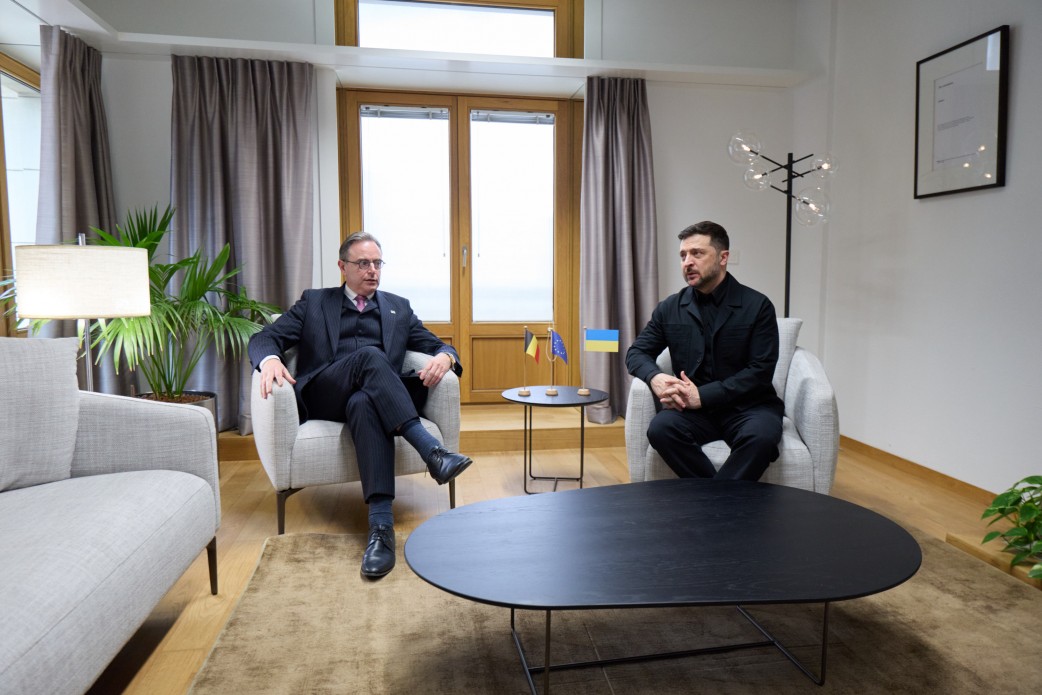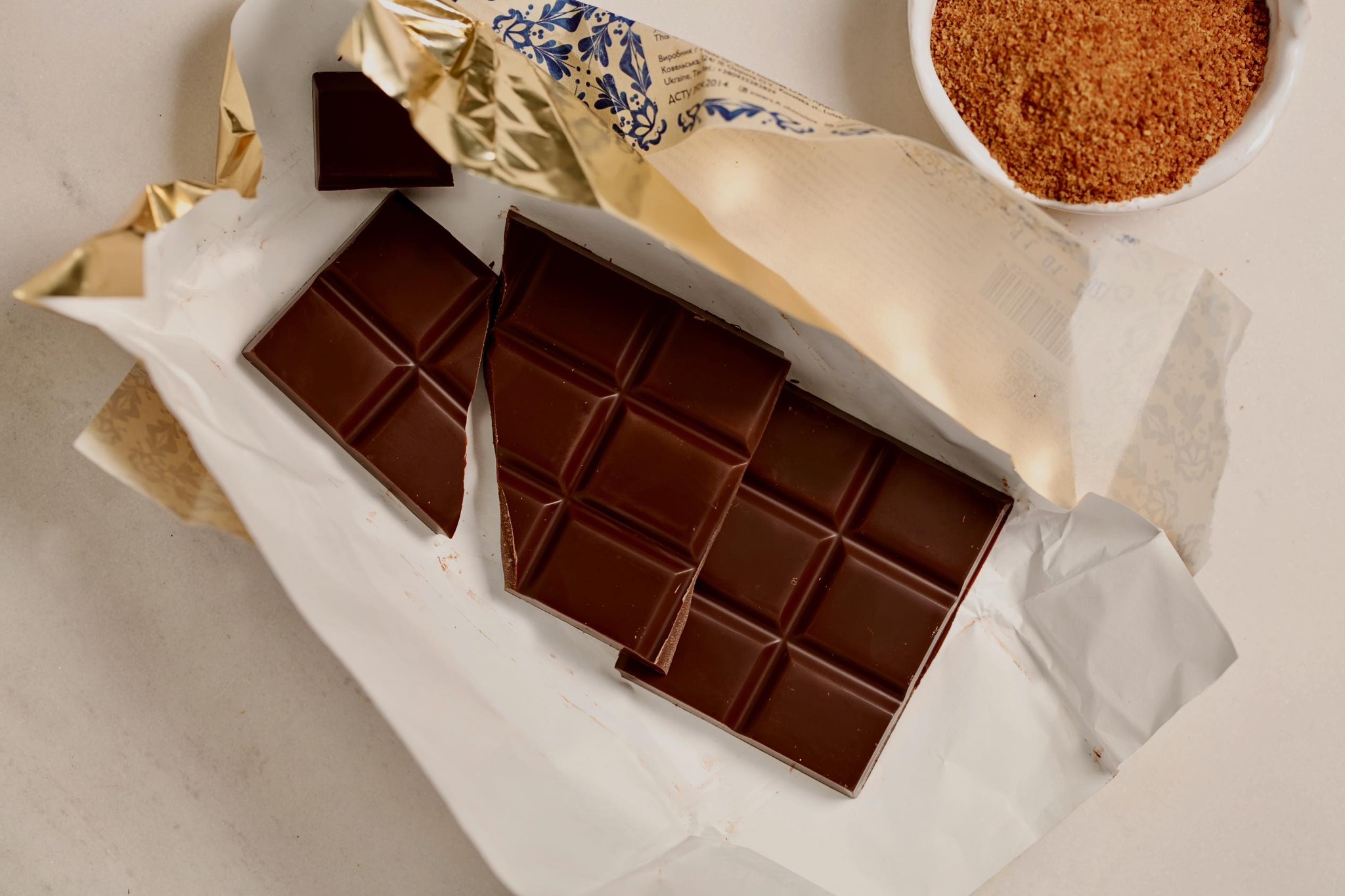New Year is one of the most beloved and anticipated holidays. We analyse our year and write new plans, decorate our homes, buy fir trees and toys, arrange family dinners and banquets. How the New Year was celebrated in pre-revolutionary Odessa? When did the first New Year’s tree appear? Together with our columnist Natalia Vlasenko we spoke about this Holiday.
The first Christmas tree
The history of the first New Year's tree in Odessa is well known. It was brought specially from the Pototsky Park in Uman in 1811. The house where the celebration took place has survived to this day: it is the building of Odessa Jewelry Factory (now not operating) on Sofievskaya Street, 7. In the past it was a palace belonging to Pototsky family.
New Year celebrations were organized for six-year-old Sophia, daughter of Alexander I and his lover Princess Maria Naryshkina. Petersburg climate did not suit the girl, so she and her mother spent the winter in Odessa.
The holiday gathered all the color of the Odessa public: among the guests were Richelieu, Langeron, Pototsky with his wife Sofia, Sabansky, Bzhozovsky, Baron Reno, and other elite.
Alexander Deribas, a local historian and grand-nephew of Joseph Deribas, described the first Odessa New Year’s tree as follows:
“A green, unfading fir tree was brought to Odessa from Uman as a gift from Count Pototsky to young Naryshkina. A tall, slender, wide-branched fir tree shone in the ceremonial hall of the upper floor of Naryshkina's house with a thousand lights on wax multi-colored candles and was all strewn with decorations and giftsâ€
In general, the tradition of decorating fir tree on holidays became a custom in the middle of the 19th century. The popularization of this tradition was promoted by the wife of Nicholas I, Maria Feodorovna.

Traditions and customs
At the dawn of Odessa's development, "public entertainment houses did not exist". Citizens could arrange parties and masquerades at home, without any obligations. But already in 1800, the rules changed: if someone wanted to make at home a New Year's masquerade, it was necessary to "take a special annual certificate, with contributions to the city income of duties".
In 1834, a charitable magazine "Help for the Poor" was published, which included the article "The Feasts of the Nativity of Christ and the New Year in Odessa," by Pavel Morozov. Thanks to this article, we can imagine how these holidays were celebrated in young Odessa.
So, in the 1830s, it was customary to celebrate New Year during several days. All shops and workshops were closed on Christmas and New Year. During the holidays "you will not see a single water carrier, not a single baker." In the last days of December, the Odessa society was busy with balls, amusements and Italian opera.
One of the centers of the city's cultural life was Rishelievskaya Street, at the beginning of which the City Theatre was located.
“It's nice to see the spectacle presented by Richelievskaya Street on December 31st. At this time, the street is animated by the ebb and flow of customers dressed in a variety of costumes. Houses in two and three floors also have a special look. The windows of confectionery shops are full of surprises. "

Ballroom evenings
The author of the above-mentioned article "The Feasts of the Nativity of Christ and the New Year in Odessa" in 1834 describes the main ball, which in those years was held at the Baron Reno's. The house has not survived to this day; today a beautiful four-story building with banking institutions stands in its place. And at the beginning of the 19th century, there was the Volkonsky-Reno house, where one of the first hotels in the city was located. It was a meeting place for the Odessa public as well.

The Club was located in the Reno house from 1806 to 1843.
Then a separate building of the English Club was built (today it is the building of the Museum of the Navy, closed after a fire); membership in this club was limited, the society itself was elite, to enter this organization was not easy. And participation in the club was a costly affair: an annual subscription cost 60 rubles, and a one-time entrance fee - 40 rubles, which was a lot at that time.
New Year's dinners and gifts
What was on the New Year's table in the 1830s?
"The material part of these dinners, in addition to dishes known to northern residents, is decorated with fresh plants from the shores of the Bosporus, figs saccharified with their own juice, mealy Turkish delight and a rich tribute to the Black Sea: a variety of flounders, scaly mackerel, crabs, shrimps and others and others." (from Morozov's article "Holidays of the Nativity of Christ and New Year in Odessa").

New Year's houses were also decorated with various sweet things: people used to buy artificial fir trees and decorated them with Crimean apples, almonds, and nuts. Glass toys have long been an expensive pleasure, they could cost up to 20 rubles (an amount that was inaccessible to many people), so only wealthy Odessa citizens could afford them.
On New Year's Eve 1900, the completely rebuilt Londonskaya Hotel on Primorsky Boulevard was solemnly opened. “Especially for the holiday, fresh asparagus, brie and camembert were ordered from Paris.â€
The well-to-do public went for gifts and new clothes for the New Year in the Palais Royal next to the City Theatre, shopping arcade opened in the late 1840s. The best stores were located here: the European Bazaar by Maria Straz with luxurious dresses, Wagner's department store, the studio of the Parisian tailor Langlet and many others. Here one could buy jewelry, books, silk and crystal.
People came here for a cup of coffee at the famous confectionery of Jean-Baptiste Karuta or for chocolates to the Austrian Adolph Zambrini. The visit to the Palais Royal was a kind of secular ritual.
At the end of the 19th century, the "Passage" on Deribasovskaya Street was opened, a first-class hotel and a modern shopping center, which pulled all the glory and popularity over to itself.


Here one could buy gifts for every taste: dishes from the famous Kuznetsov factory, English perfumery and Parisian brooches in Audersky's store, gramophones and musical instruments, chocolates from the Polish company Bonbons de Varsovie, diamond products, etc.
Christmas decorations were also available: “Cheap and nice. Toys, Christmas tree decorations in Alla Shipova shop inside the Passage in the corner†(from an advertisement in the newspaper “Odesskiy listok†for December 20, 1912).

You could buy New Year's gifts and decorations in one more place - the famous Petrokokino store on Grecheskaya Street. It was deservedly called nothing less than the "Odessa Louvre": it was a beautiful building with luxurious decoration, built by the architect Bernardazzi in 1896.
Here the discerning buyer could find everything: dishes, bathtubs, furniture, sports goods, cameras, car parts and much, much more.
Every year, starting November 15, the store hosted a large exhibition of New Year’s tree decorations and children's toys. The building, unfortunately, has not survived to this day, it was damaged (like the neighbouring house of Brodsky) during the Second World War, today a soviet building stands in its place. And the beauty of the "Odessa Louvre" can be imagined only from old illustrations.
Charity
In Odessa, there were strong traditions of charity events, especially on the eve of such holidays as New Year and Christmas. It was a common practice to hold charity performances.
Charitable initiatives were undertaken not only by mayors or city councilors, but also by secular people. Among them, it is worth mentioning Elena Demidova, Princess of San Donato, who was an active benefactor of many societies.
For example, she helped financially to the diocesan women's school, supported several female clergy students; once she sent 200 rubles for a New Year’s tree arrangement. She also provided assistance to the Odessa School for the Blind.
This school was opened in 1887, since the end of the 1890s it was located at the former dacha of Matvey Mavrokordato (the building has been preserved and is located at French Boulevard, 40). Every year, Princess San Donato together with Countess Elena Tolstaya organized a celebration for this school: an orchestra and singers were invited for children, a New Year's gift was bought for each pupil.
During the First World War, many New Year’s evenings and masquerades were paid. The money was collected with the aim of providing assistance to the poor townspeople and students, the front and hospitals.
There are documents confirming that the celebrations did not stop even in 1919, i.e. in the midst of the civil war. In Soviet times, there were anti New Year celebration campaigns, then - the return of the holiday, but this is a completely different story.









